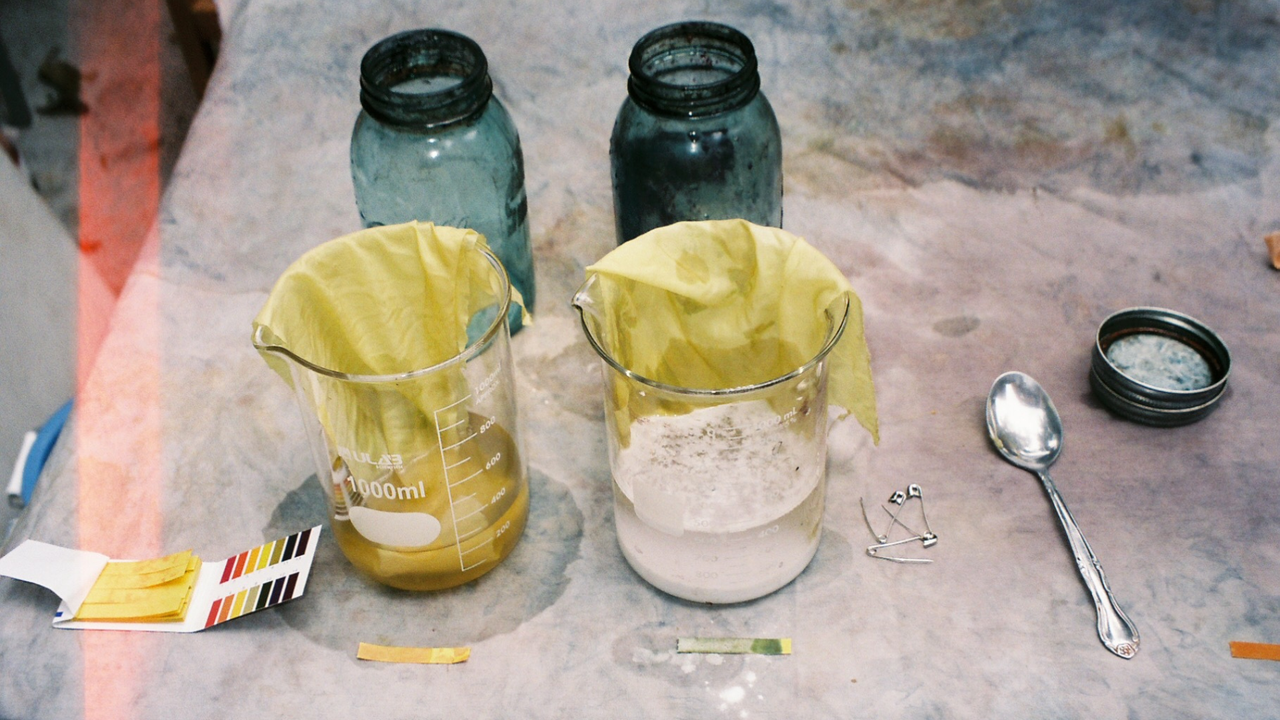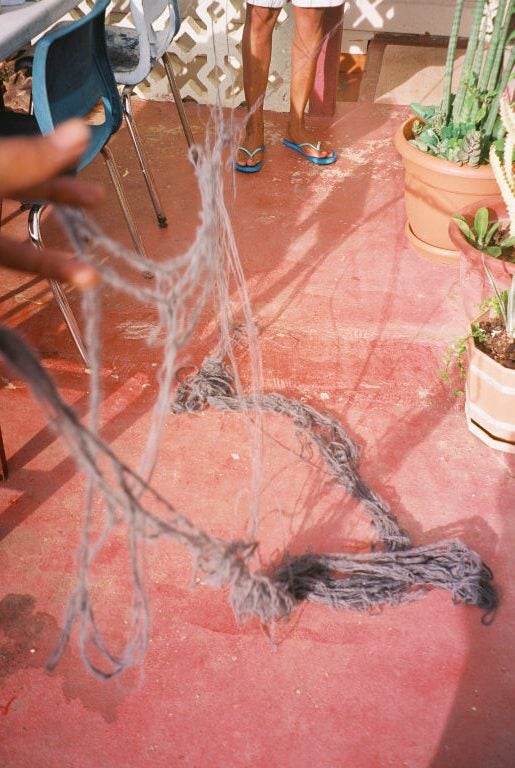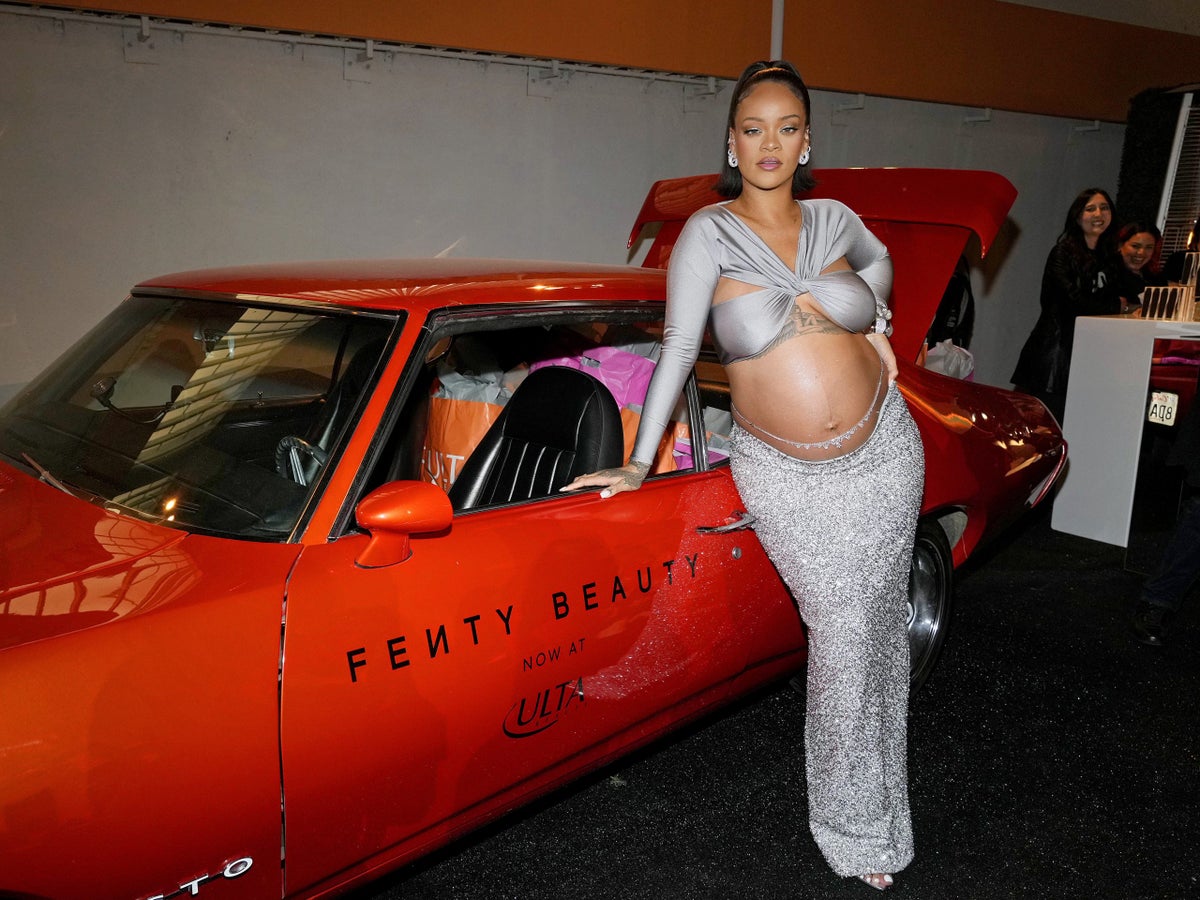


On a surface level, sustainability has become somewhat of a farce. From the colorful marketing, used to make products appear more environmentally sound than they are, to many unsubstantiated claims, “greenwashing” also known as the “green sheen” is at an all-time high. However, when you move past the strategic advertising and dive into the underbelly of conscious fashion, there are a number of creatives like urban farmer-turned-designer and director Tajah Ellis, who are making great strides by utilizing resources found right in their backyard.
As the founder of Out Of Seam, a Brooklyn-based entity that works with natural dyes, Ellis maintains that it is not a sustainable brand but instead a coagulation of project pieces that are made entirely from things that already exist. “I have a regenerative practice, so all of the material I use is sourced from companies I have a consistent rapport with or used from previous [fabrics],” she tells ESSENCE.com. “I extend this into my partnerships and collaborations as well, I still work with the same people I started with. To me, this is what sustaining something is maintenance.”
Most of the plants and flowers that the designer uses come from florists, gardeners, and botanists in her network. Ellis spent years volunteering at a community plot with access to fresh vegetation and wild weeds, which led to the exploration of all the ways in which she could make use of them in her day-to-day life. Upon further research, and a lot of trial and error, the creative found that natural colors could be extracted and transferred onto raw materials as a less predictable alternative to harmful solutions. “The textile industry has used synthetic dyes for the last hundred years. Awareness of toxic practices [is] being updated so finding alternatives to create color is one of the myriad of reasons natural dye is beneficial. So much of [the process] is spontaneous, getting to know a particular plant or herb can have great benefits to your well-being,” she says. “It’s given me a lot of wisdom as a designer and director.”
Despite the absence of harmful synthetic dyes, the methods that Ellis uses are akin to the techniques used in more traditional processing like rubber band bundling, while others such as pH shifting from foraged botany are a true testament to her experience with biomimicry and bio design, both of which she calls the basis of her work for Out Of Seam.



The brand is a product of what Ellis calls a “serendipitous moment” between herself and an elder whilst working a retail job, as the pair liked to bounce ideas off of one another. “Mentorship is imperative,” she says when asked about the brand’s origins. “I’ve learned so much through my relationships with elders who have sculpted and guided my creativity, perspective, and confidence. To have the support, trust, and belief of others has had a tremendous effect on everything I am doing. I am constantly attempting to connect dots so I wanted one place to do that. [Because] I wore my designs a lot, people started asking and eventually, I needed a space to organize everything. In the midst of it all, she found that the mitigation served as an ideal platform to host workshops that educated consumers on the pieces that they were buying.
When it comes to the clothes themselves, you’ll find a host of slinky dresses, tops, and coordinate sets–all of which are made from natural non-synthetic materials like cotton, silk, and linen. Standouts include a selection of gauzy tank dresses with a cobweb-like appearance, as well as silk-charmeuse dyed tops that can be worn in multiple ways.
“I’m inspired by cuts and materials more than individuals, especially ones that evoke militaristic femininity, which sounds like a contradiction, but they did that a lot in the ‘80s,” she explains. “Daughters of military personnel in ancient war societies still looked and loved being a woman and my mother dressed like this a lot growing up—she understood the timelessness and ease that came with having a uniform but loved being a woman. I’ve always loved clothes but never sought to appeal to any “gaze.” Now that I’ve grown, I’m more open to defining the shape of my body.” Ellis also cites nature on a broader scale (think, the formation of mountains and galaxies) as more concrete forms of inspiration. However, the creative finds that some of her best work comes from the process of working through her own thoughts and trusting her own instincts.
“I have never considered myself a part of any industry because of the way that I came in and the values I am motivated by,” she says. “Thankfully, these systems are crashing, quickly, and those of us who have already been on the fringes are able to voice and contribute to our own spaces in an authentic way. I trust fashion will be considered less of an aspirational industry to integrate into and the DIY approach of underground artists will come through as a desired place to be, with the respect and support of having a dignified living. Fortitude can be found when we are able to create in a local, everyday, domestic way and share from a real space.”







